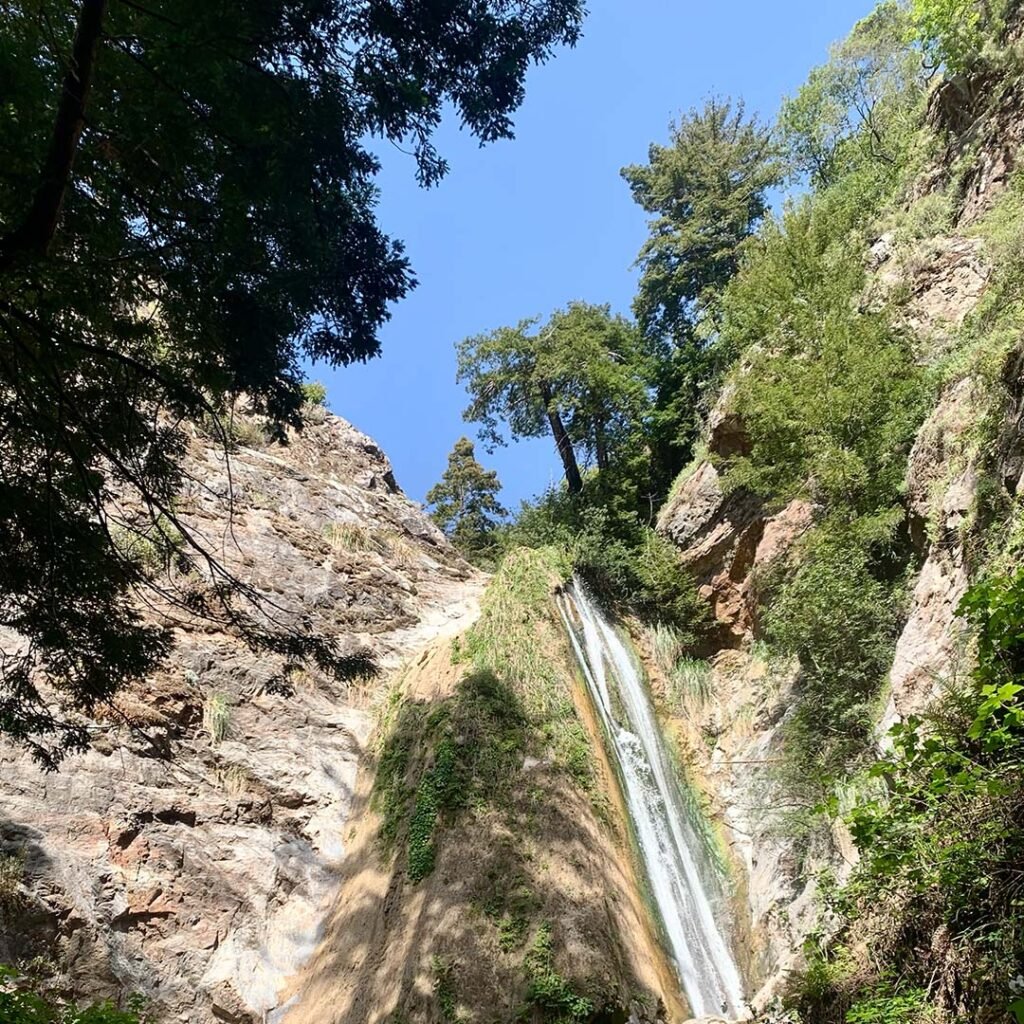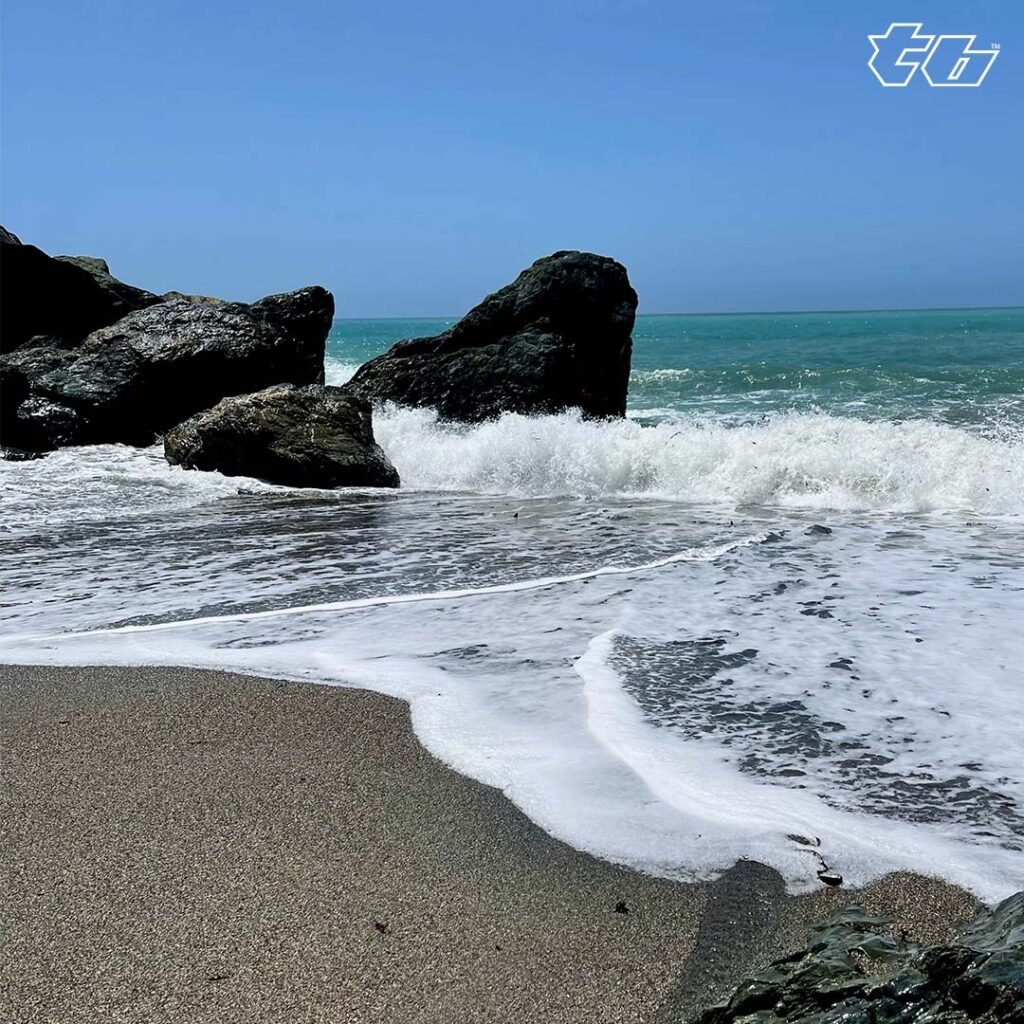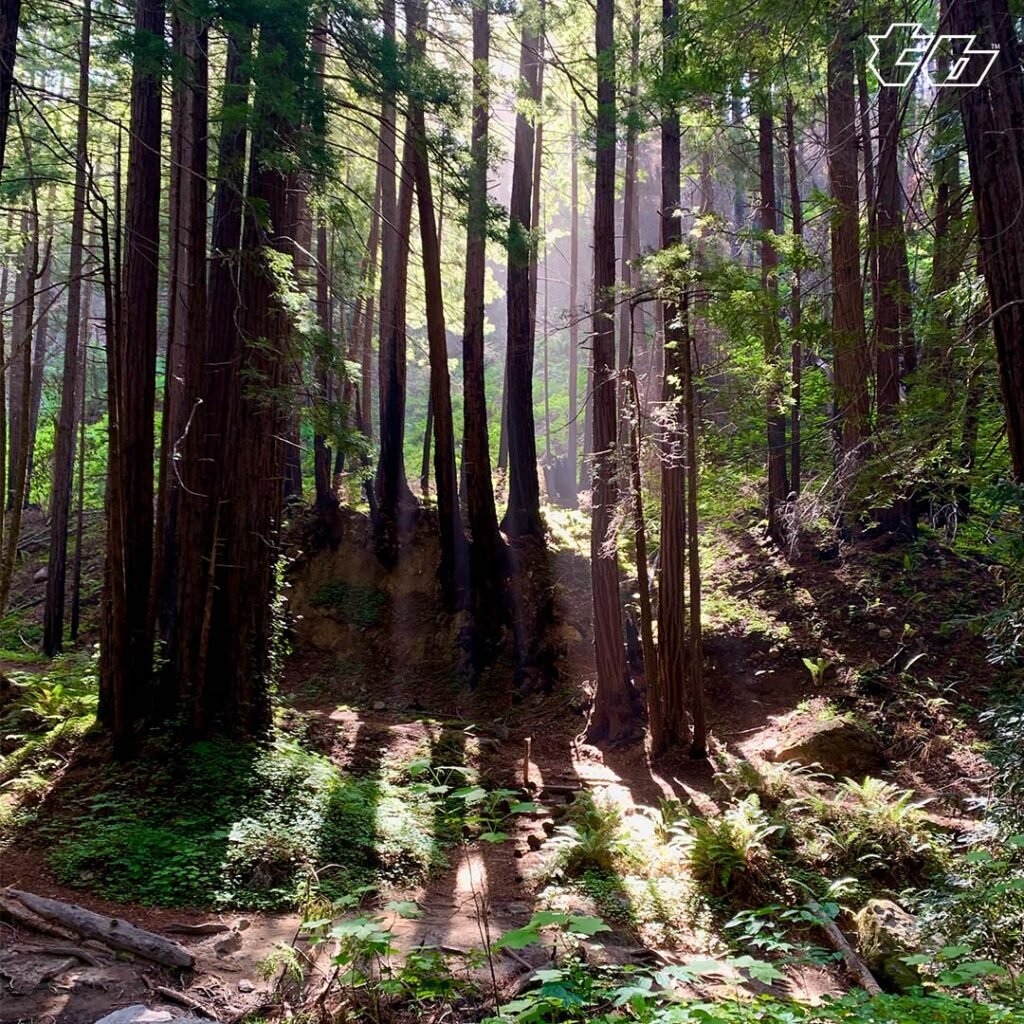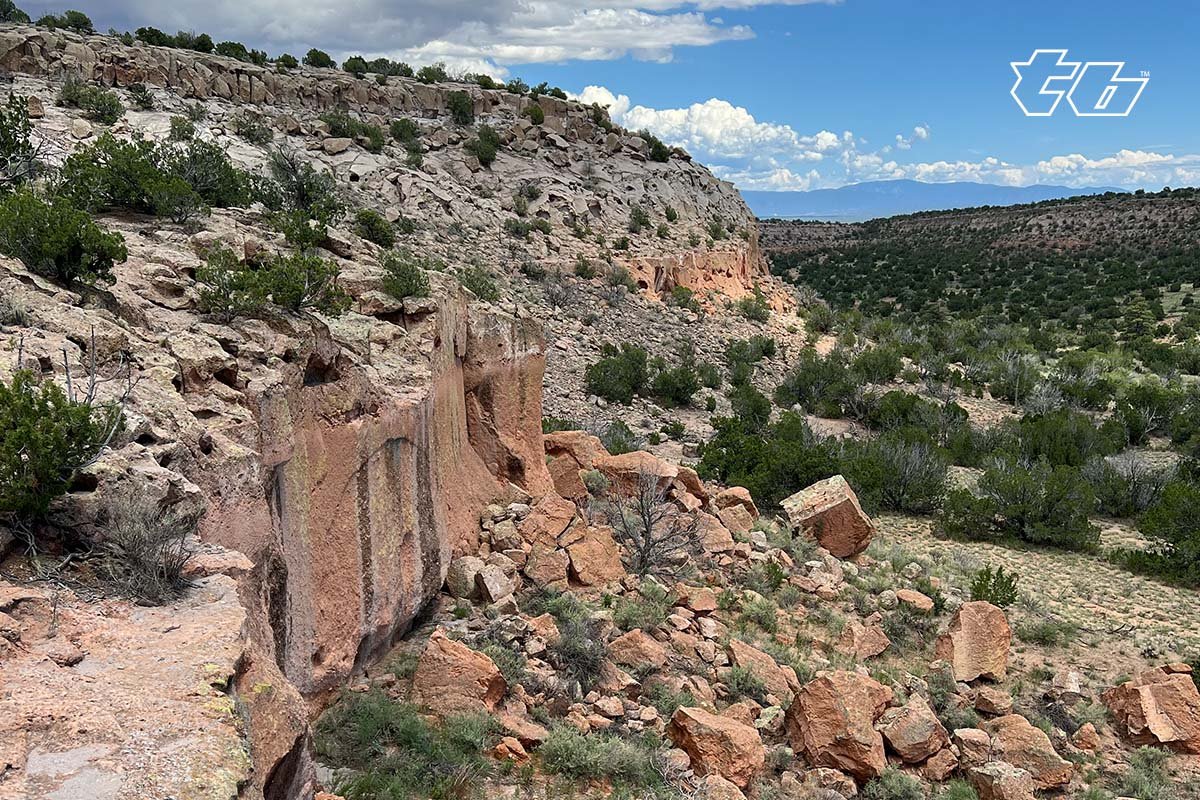Nestled along the rugged Big Sur coast, Limekiln State Park is a breathtaking destination where waterfalls, towering trees, and rivers converge with the Pacific Ocean. This 716-acre park, established in 1994, offers a stunning blend of natural beauty and historical intrigue. From the cascading Limekiln Falls to the ancient redwoods and the remnants of a once-thriving lime industry, this spot is a testament to both nature’s resilience and humanity’s past ambitions. Whether you’re a hiker, a history buff, or simply someone seeking solace in the wild, Limekiln has something extraordinary to offer.

The Majesty of Limekiln Falls
At the heart of Limekiln State Park lies the awe-inspiring Limekiln Falls, a 100-foot waterfall that tumbles down a limestone cliff into a serene pool below. The hike to the falls is a moderate 1.6-mile round trip, winding through a lush forest of towering coastal redwoods—some of the oldest and largest in Monterey County. These giants, with their reddish bark and canopy of shade, create an almost mystical atmosphere. The trail involves creek crossings that might leave your shoes wet, but the sight of the falls splitting into twin streams during high flow makes it worth every step.
Limekiln’s Coastal Dance
Limekiln State Park is defined by its waterways, particularly Limekiln Creek and its tributaries, Hare Creek and the East Fork. These streams carve through the steepest coastal canyon in the continental U.S., flowing westward until they meet the Pacific Ocean at a rocky, dark-sanded beach beneath Highway 1. Standing at this confluence, you can feel the power of nature as the freshwater rivers merge with the salty waves, framed by dramatic cliffs and the vast expanse of the Monterey Bay National Marine Sanctuary. It’s a place where the Santa Lucia Mountains seem to plunge into the sea, creating a scene that’s both wild and serene.


Echoes of Industry
The park’s name comes from its historical limekilns, four massive 100-foot structures built in the late 1880s by the Rockland Lime and Lumber Company. These steel-and-stone relics, still standing amid the redwoods, were once used to heat limestone—harvested from nearby slopes—with fires stoked by felled redwood trees. The purified lime was then transported to the coast for shipping, used in cement and mortar for San Francisco’s growing skyline. By 1890, the operation depleted the area’s resources and shut down, leaving the kilns to be reclaimed by the forest. The Esselen tribe, who inhabited this region for over 6,000 years, also left their mark, adding layers of indigenous history to this landscape.
Limekiln’s Lasting Allure
Today, Limekiln State Park stands as a harmonious blend of nature and history, inviting visitors to explore its trails, camp beneath the redwoods, or relax by the ocean. The park’s accessibility from Highway 1—just 52 miles south of Carmel—makes it an easy stop on a Big Sur road trip, yet it feels worlds away from the bustle of modern life. Whether you’re marveling at the waterfalls, tracing the path of the rivers to the Pacific, or standing in the shadow of the kilns, Limekiln offers a chance to connect with both the earth’s beauty and its storied past. It’s a reminder of nature’s ability to reclaim and endure, long after human endeavors fade.




